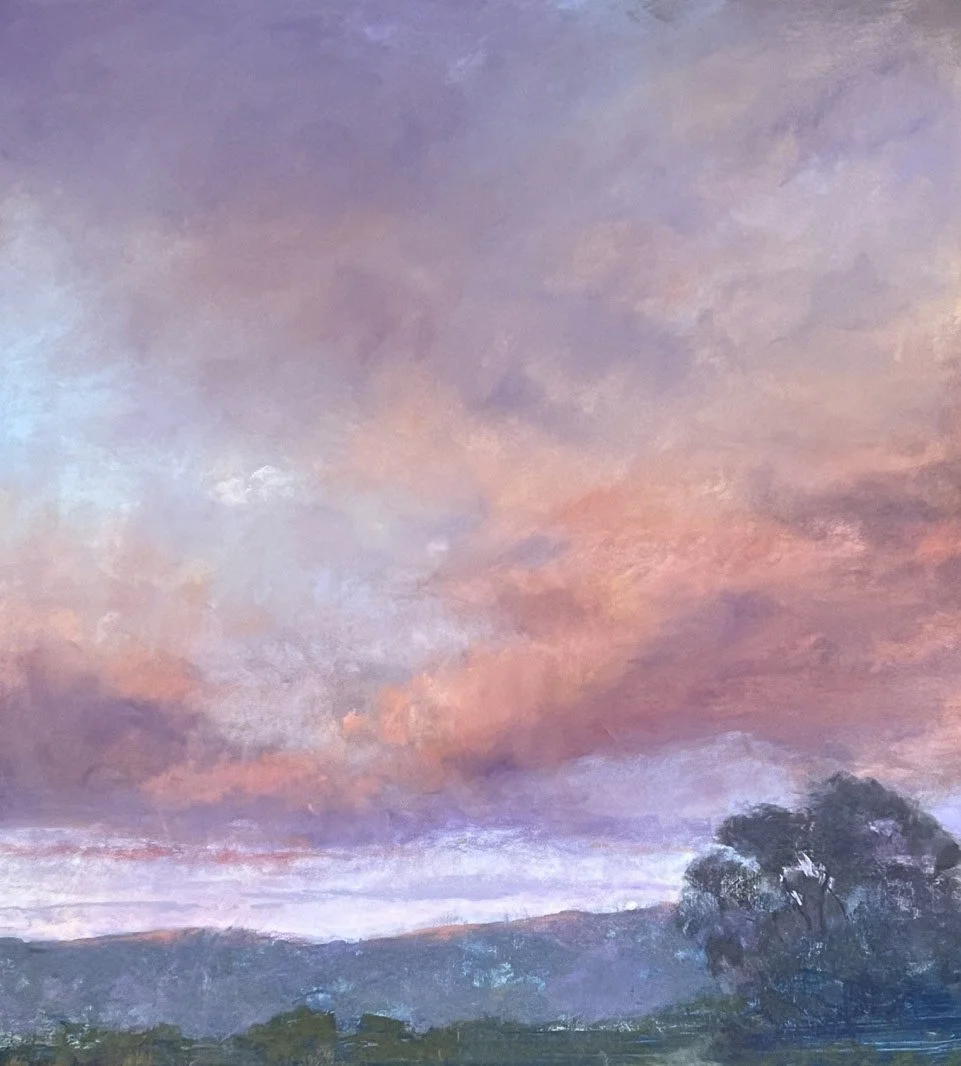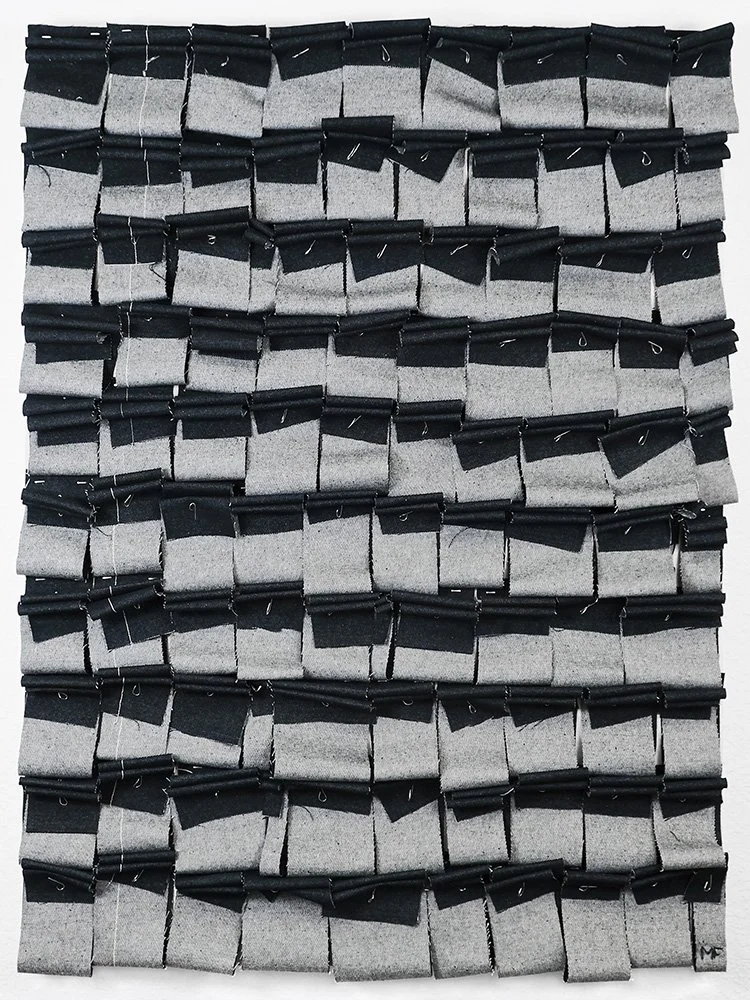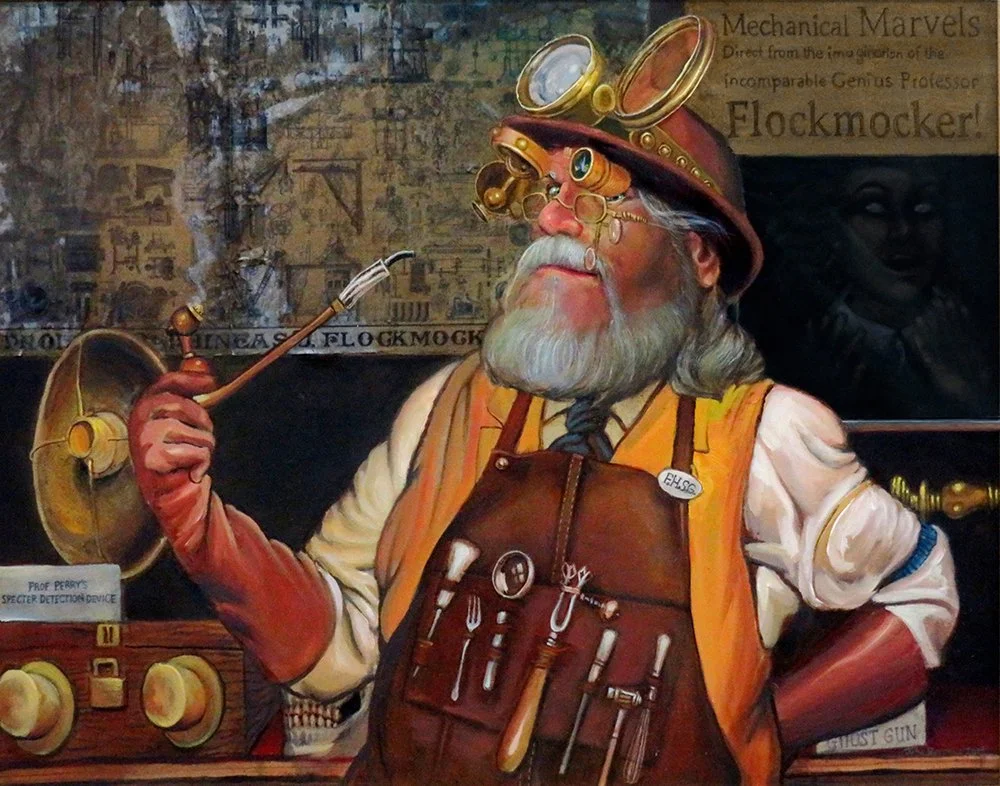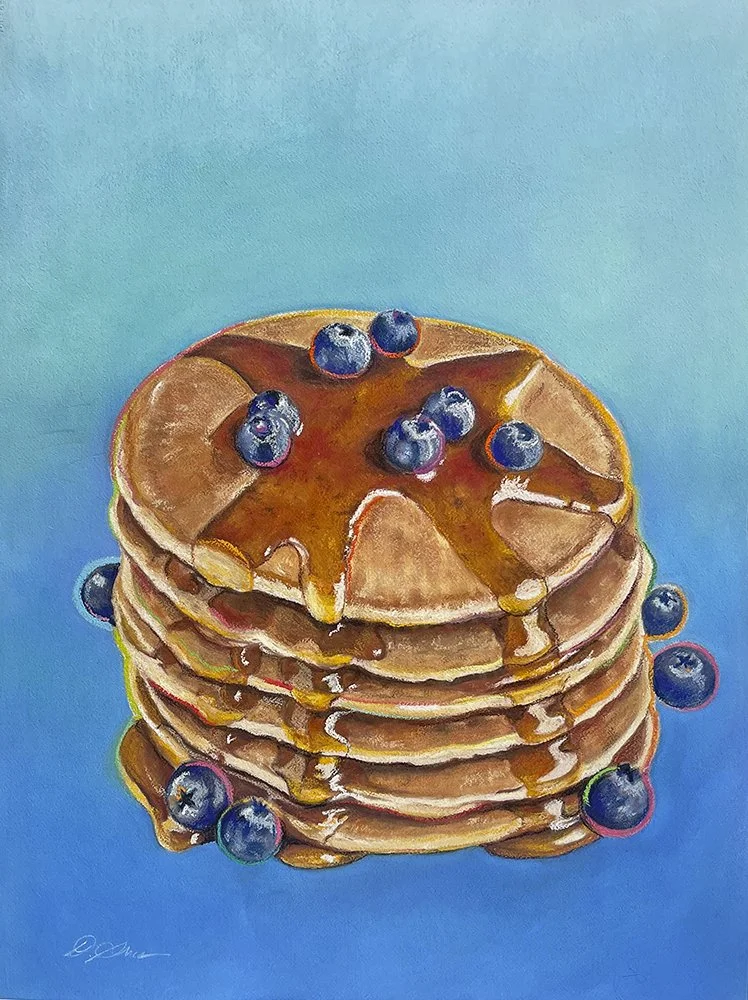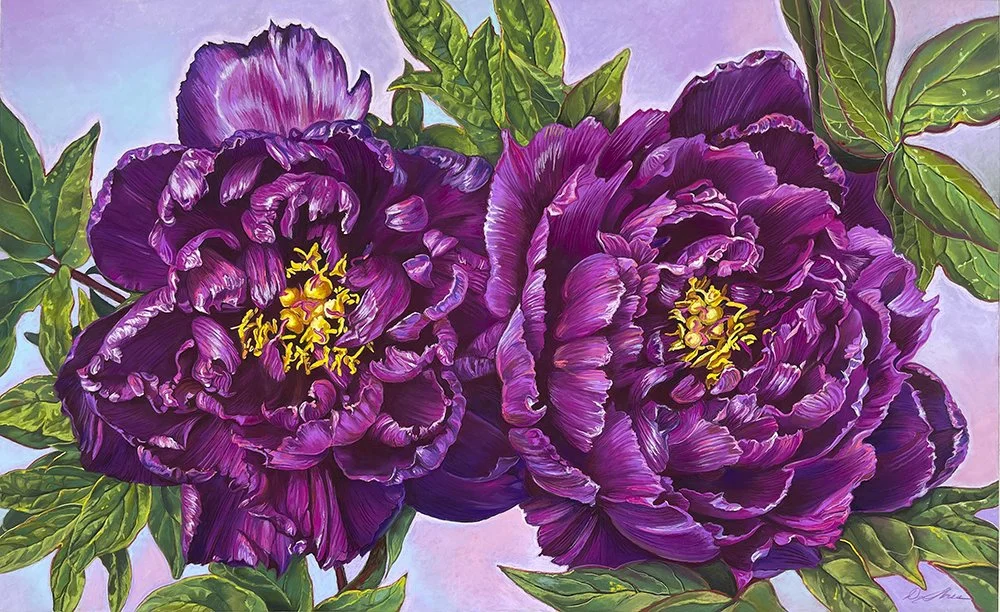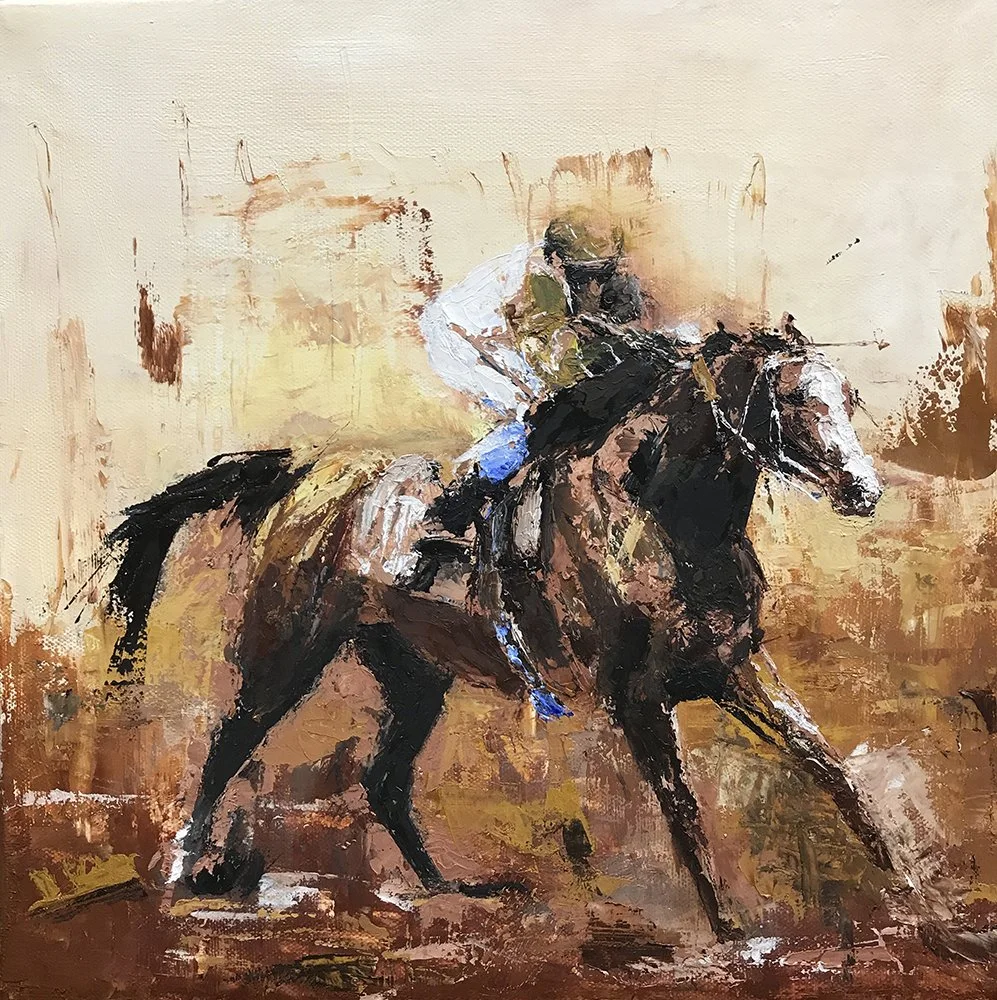What is Art Bias?
An curated exhibition of 25 artists from the Center for Creativity’s Community Art Partner, Art Bias, which is an art studio complex located in San Carlos. Curated by Nanette Wylde.
Artists: Erika Adkins, Federica Armstrong, Fred Aron, John Barrows, Liz Broekhuyse, Ellen Brook, Shari Bryant, Cali (Jorge Calderon), Brian Clark, Michael Endicott, Molly Finn, Alan Hart, Lindsay Hogue, Yunan Ma, Colleen Mirassou, Neil Murphy, Dorothy North, Teresa Ruzzo, Terry Sand, Yucali Seki, Deb Shea, Andrew Sherman, Pettina Velez, Greta Waterman, and Dani Weber.
Anthropologist Ellen Dissanayake reminds us that art is not a luxury or an accessory to life—it is a fundamental human need, as vital to our species as food, warmth, or shelter. She defines art as making special, an impulse rooted in our biology and shared across cultures and histories. The term bias—a tendency, inclination, or prejudice toward or against something—can either affirm or reject this essential element of humanity. Thus, an Art Bias is not just a name. It’s a declaration: that the creative impulse deserves to be seen, nurtured, and shared.
The community of Art Bias, an art studio complex in San Carlos, embodies this principle by affirming and celebrating the innate creativity within us all. The artists represented here work across a diverse range of media and contemporary themes including—family and heritage, self and cultural empowerment, current events and environmental issues, the natural world, play and whimsy, formal and media explorations. Each work in this exhibition is a gesture of making special—an act of attention, care, and presence that transforms the ordinary into the extraordinary.
But creativity, like humanity, does not thrive in isolation. This exhibition also honors our deeply social nature—the drive to connect, converse, and collaborate. The artists in this show are not only makers; they are builders of community. Many of them teach, make art in the public sphere, or facilitate creativity in the wider regional community. Their works speak not only to their own individual expression but also to a collective purpose: to foster exchange, inclusivity, and encouragement.
In a world that too often silences, critiques, or commodifies creativity, this exhibition offers a counterpoint. It invites everyone—artist, viewer, and passerby—to remember that creativity is not something we earn. It is something we are. And it is something we must share.





